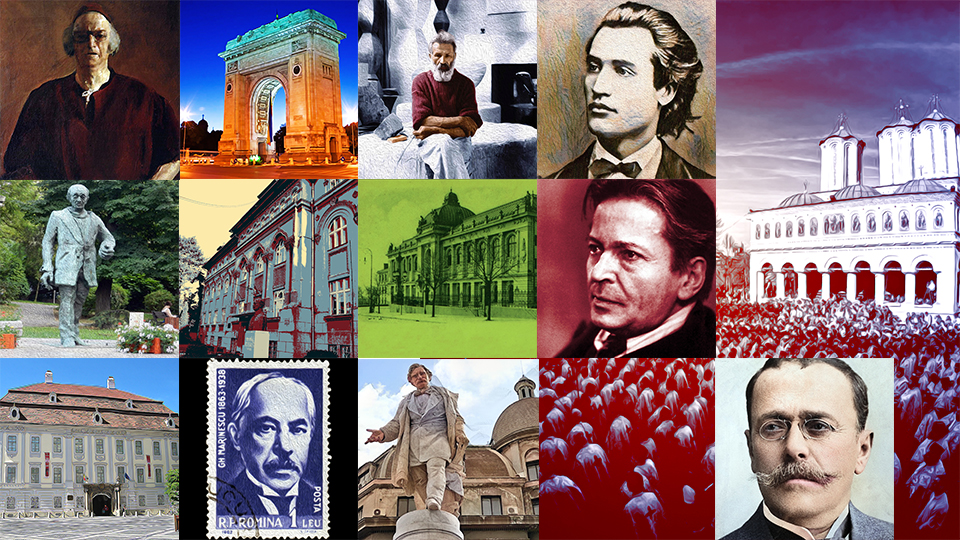New archaeological discoveries in Callatis
Callatis is an ancient Greek fortress, which later became a Roman city

Ion Puican, 05.10.2025, 12:17
Callatis is an ancient Greek fortress, which later became a Roman city, located on the current territory of the municipality of Mangalia, approximately 50 km from Constanța (South-Eastern Romania). Callatis dates back to the end of the 6th century BC. It was an important economic colony, with agricultural production and its own currency. This fortress represents an important historical and cultural landmark of Dobrogea and the Romanian coastline. In the summer of 2025, new exceptional archaeological discoveries were made, unique for Romania, made in the context of systematic research carried out within the site “Tumular Necropolis of the Ancient City of Callatis”. The new discoveries were dated to the beginning of the 3rd century BC, forming a treasure included in the national heritage. About the new discoveries and this experience at Callatis, Maria-Magdalena Ștefan, archaeologist, responsible for the National Museum of History of Romania (NMHR) for the Callatis sector, made the following statements:
“When I returned home, at the end of July, after six weeks of work at Mangalia, I sent an emotional message to my expedition colleagues. I thanked them for their collaboration and assured them that the experience we had together was unrepeatable. … Not only because, let’s say, we had the opportunity to discover so many special objects that, in general, you only have the opportunity to read about in books or admire in museums. But also because we were close to history. … Our discoveries place us exactly in the world after the death of Alexander the Great, when this corner of the world, North-Eastern Thrace, where we are now, truly enters a system of far-reaching political and religious relations, connects with a wide world. … it was no coincidence that these discoveries were made. We, the team, prepared for 15 years, so to speak. We developed a project, we explored, we formed hypotheses and strategies. So, when we opened the excavation, in this huge mound, we knew exactly where we wanted to go and what type of monument we were going to investigate. Obviously, there was no shortage of surprises, because, indeed, we did not expect the scale of these discoveries and their rarity.”
The burial mound in which the artifacts were found is the largest in southern Dobrogea, measuring 12 meters high and 70 meters in diameter, visible from the sea. The mound contained a stone tomb, covered with a semi-cylindrical vault. Among the artifacts found are vessels, jewelry and ornaments made of gold, glass and bronze, with a special historical and cultural value. Archaeologist Maria-Magdalena Ștefan, from NMHR, told us more about the site where the excavations took place and how the artifacts were discovered:
“We investigated a tumulus, a huge mound of earth, built over a stone tomb, which is part of the territory of the Greek city of Callatis and which was built about 2250 years ago by a wealthy family. A family tomb that was entered several times, at least four times. And which was indeed looted in antiquity. And yet, it delivered countless important discoveries. … Many of these were simply on the floor of the tomb, covered in a very fine dust, which we just removed with a brush. In total, over 150 objects were harvested from inside the tomb and over a thousand fragments of human bones. Of these 150 objects, probably the most beautiful are the three funeral wreaths discovered in their entirety, which were presented at the National Museum of History of Romania, just a few days after the discovery.”
Archaeologist Maria-Magdalena Ștefan, from NMHR, responsible for Callatis, made a final statement to us about the significance of these discoveries and how the excavations and archaeological research related to Callatis will continue:
“What is worth remembering from these discoveries is the multiculturalism that existed on the western shore of the Black Sea, that existed on the Lower Danube, that existed in the Balkan Peninsula in the early Hellenistic period. Such discoveries show us that people really interacted and shared very intimate things. They were probably related, they married each other, and even shared religious beliefs. So it’s not just about special objects that could be given from one aristocrat to another, it’s about much deeper things, related to the sphere of rituals and beliefs. We will continue the research, we have set aside next year to explore the entrance to the tomb, an area where we expected to find offerings. We will continue the analyses on the objects. We want to do DNA analyses on the human bones, to try to determine the sex and possible family relationships between the individuals with precision. Other analyses that allow us to find the local or non-local origin of these individuals and to try to see if there was mobility, especially regarding, say, wives.”
The discoveries, as well as the monument, the largest Hellenistic tomb with a tomb in the western Black Sea, are considered of major impact for the understanding of the Greco-Thracian-Macedonian space in the Black Sea region, having both national and European value and relevance. (CC)






























